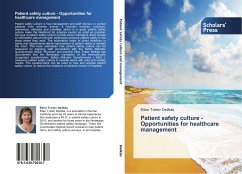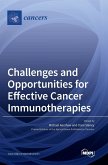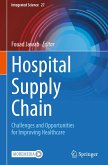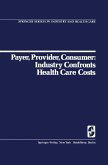Patient safety culture is how management and staff interact, to protect patients from adverse events. It includes routines, practices, awareness, attitudes and priorities, which in a good patient safety culture make the likelihood for adverse events as small as possible. Surveys of patient safety culture provide senior managers direct access to information about how their employees perceive patient safety in the place where they work. The information helps to direct initiatives to wards and departments where improvement of patient safety is needed the most. This book addresses how patient safety culture can be measured by mapping staff perceptions with the Safety Attitudes Questionnaire (SAQ). Physician and scientist Ellen Tveter Deilkås has documented that the Norwegian translation of the internationally recognized questionnaire, Safety Attitudes Questionnaire ( SAQ ), measures patient safety culture in hospital wards with valid and reliable results. The questionnaire can be used to map and analyze patient safety culture, to reduce the incidence of adverse events in hospitals.
Bitte wählen Sie Ihr Anliegen aus.
Rechnungen
Retourenschein anfordern
Bestellstatus
Storno








